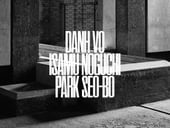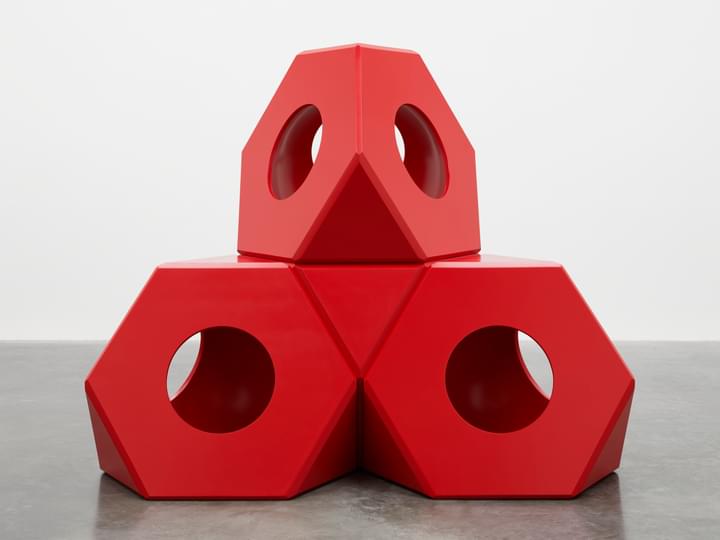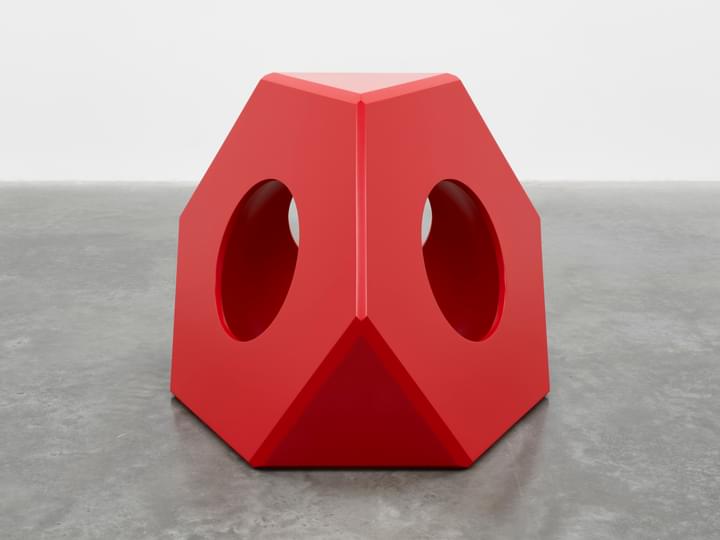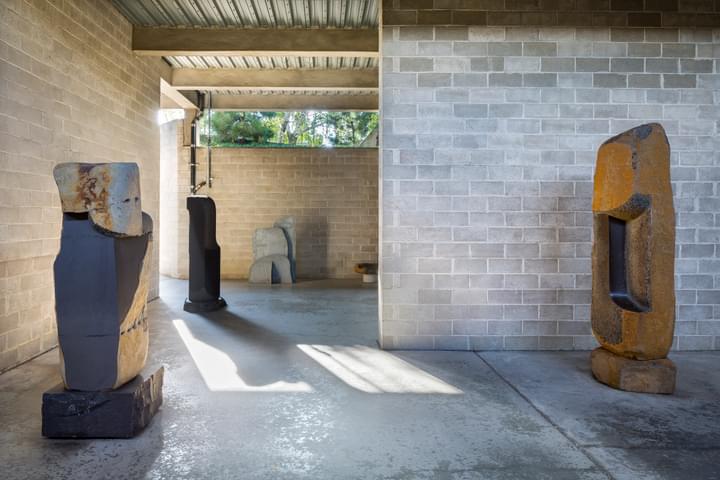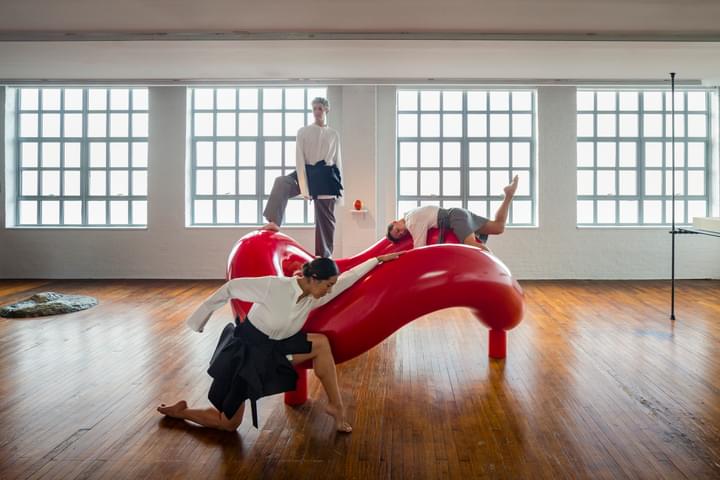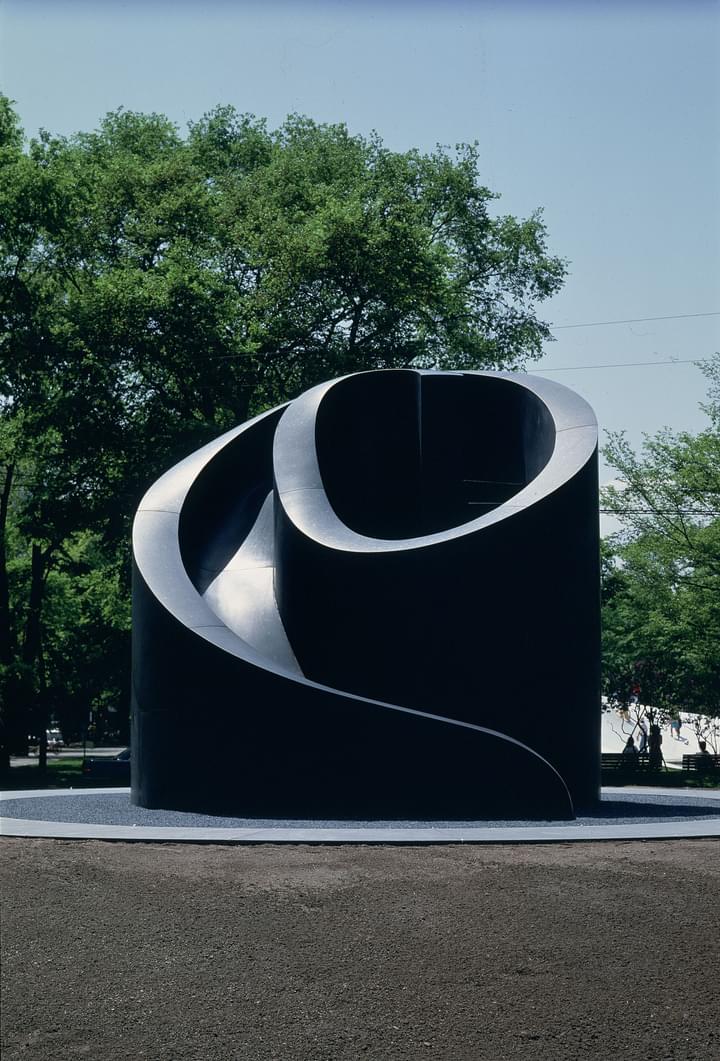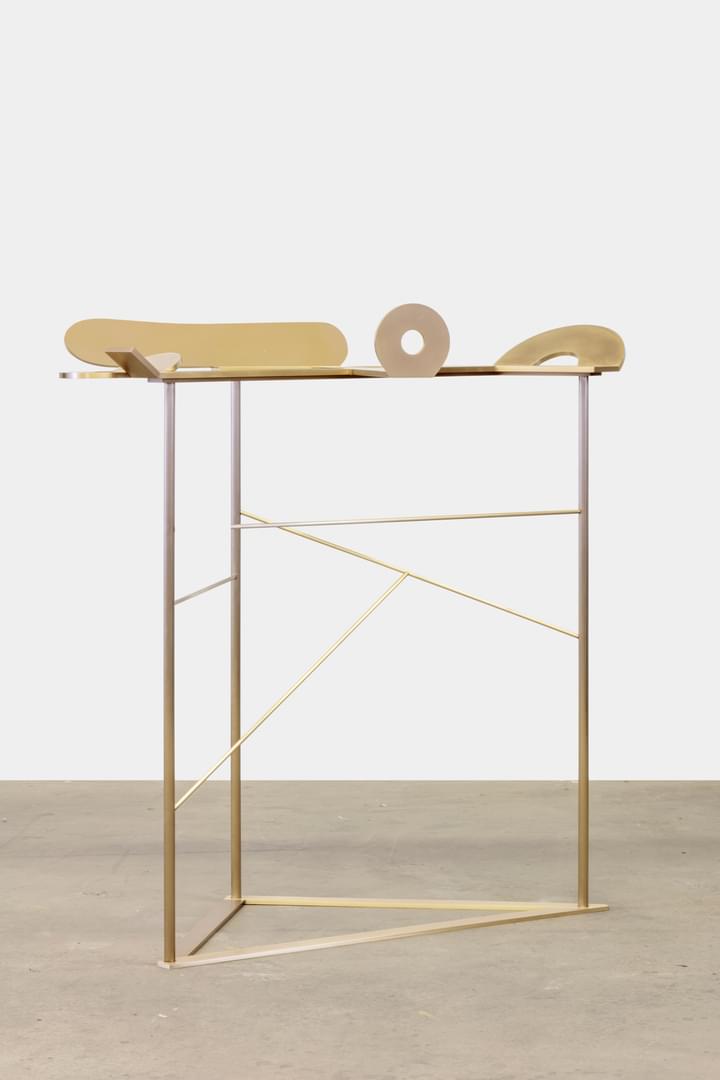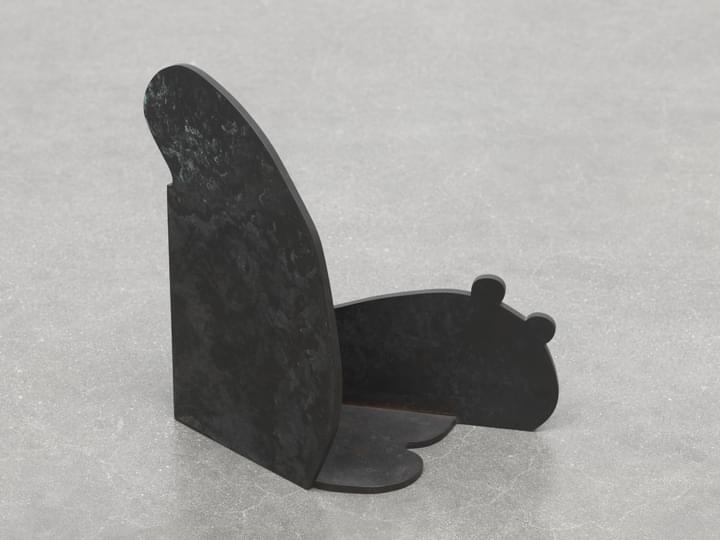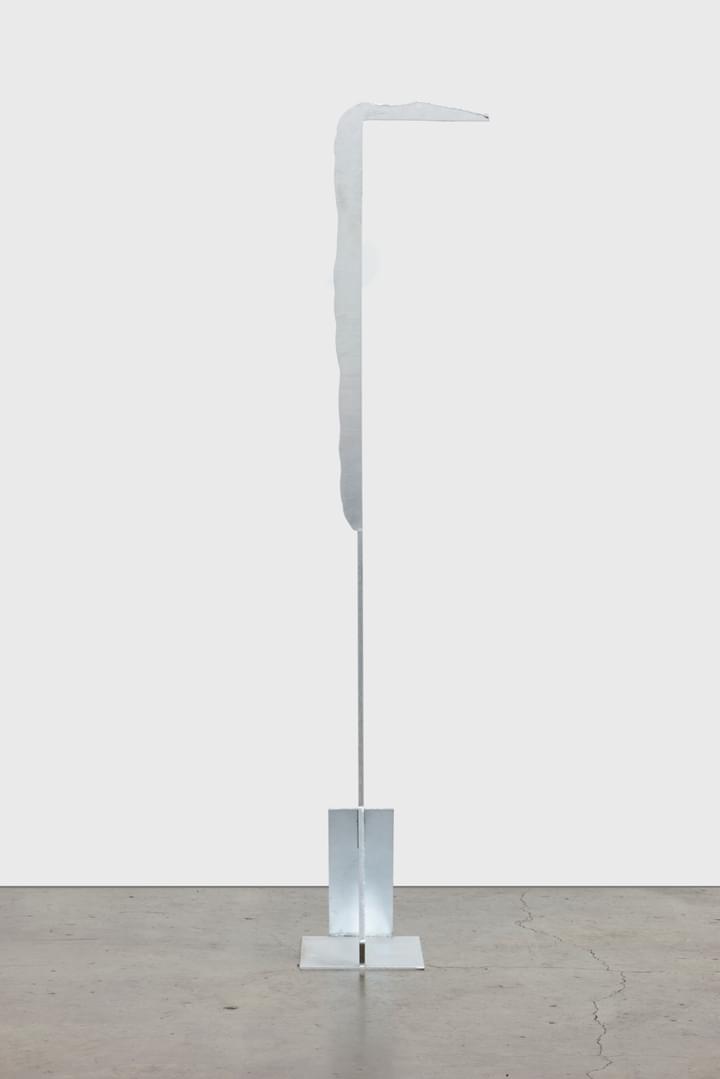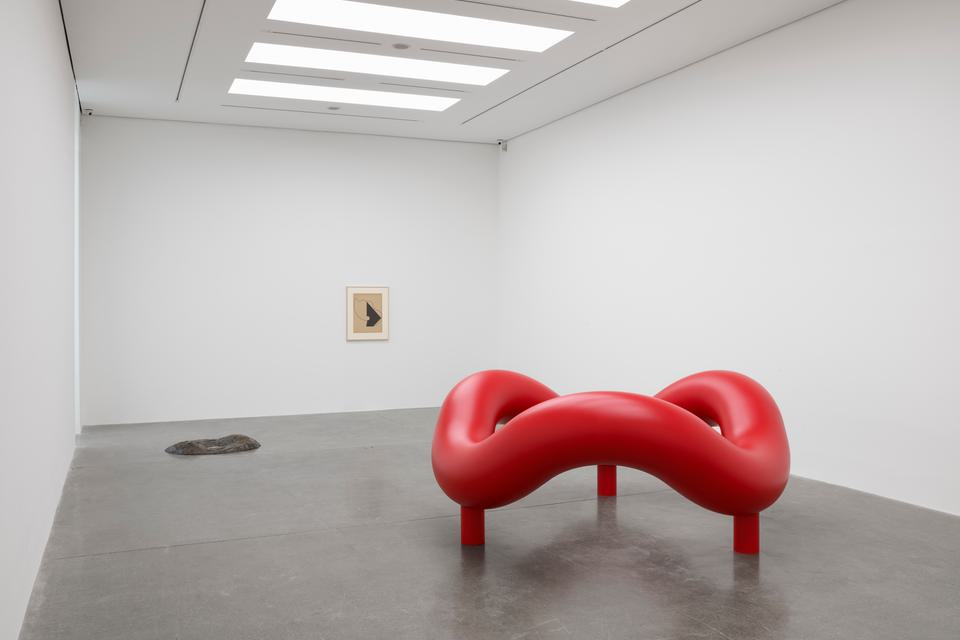One of the most significant artists of the 20th century, Isamu Noguchi (1904–88) was an idealist whose timeless work blended ancient and modern ideas. An itinerant cultural synthesizer, he consistently rejected categorization and the false dichotomies of his time, espoused globalism and anticipated the social practice of art by several decades. Primarily a sculptor, Noguchi’s expansive, interdisciplinary practice included public projects, gardens, playgrounds, furniture, lighting and set design, all informed by an abiding view that nature was of fundamental importance to the human condition and a determination to make work which encouraged this belief.
Born in 1904 in Los Angeles to a Japanese father and an American mother, Noguchi’s early years were marked by upheaval and loneliness. Straddling continents and cultures and negotiating the perceived dichotomies of ‘East’ and ‘West,’ was, he later recognized, the defining characteristic of his artistic evolution. During the 1920s he lived in New York working as an academic sculptor, but despite early success soon changed direction, leaving for Paris in 1927 where he became the first and only assistant of Constantin Brancusi. Returning to New York in 1929, Noguchi met architect, inventor and social revolutionary R. Buckminster Fuller, who would remain a lifelong friend and mentor, and the dancer and choreographer Martha Graham, with whom he would collaborate on set designs for the next 40 years.
‘I don’t have much faith in objects. I tend to believe in the space around an object, or in non-material things,’ Noguchi said. Believing that art should provide something ‘other than information and knowledge’ he made sculpture intended to offer a reciprocal dialogue with the viewer informed and directed by empirical experience. ‘I want sculpture equal to myself walking,’ he said, which explains why plazas and gardens, rather than objects on plinths, were his archetypes.
Understanding art as a ‘constant process of becoming’ Noguchi consistently pushed the boundaries of sculpture and art: exploring spatial, material, and non-material possibilities. He worked with a remarkably diverse range of materials, reflecting both the traditions of sculpture and modern industry. But he would eventually become most closely associated with stone, which he described as ‘the basic element of sculpture’, considering it ‘the unassailable absolute.’ He employed ancient stone carving techniques, but also readily embraced technological advances such as the pneumatic chisel, coring drills, diamond-tipped circular saws, post-tensioning, and other modern sculptural and industrial methods of production.
During his life Noguchi travelled extensively, living for long periods outside the United States including six months in Beijing in 1930 where he studied ink brush painting, a year and a half in Mexico, where he made a butterfly collection for Frida Kahlo and visited Mesoamerican sites and more than a year in south and southeast Asia. But it was Japan that gradually became the second centre for his consciousness: its craft cultures in particular providing rich inspiration for what he characterised, speaking of Akari, as the ‘'true development’ of old traditions. Always future focused – he wrote that ‘To be hybrid anticipates the future’, –his sculpture synthesised various sources in order to reflect and explain his desire to help humanity rebalance its sense of scale with respect to nature and its place in the wider universe.
Noguchi’s work with public space, the most important and consistent part of his practice, reflected his strong belief in the social impact of sculpture. Among his first major commissions was History Mexico (1936), a large relief for a public market in Mexico City, followed by many others, including News (1938–39) a sculpture for the Associated Press Building in Rockefeller Center, New York City; gardens for Reader’s Digest in Tokyo (1951; later destroyed) and UNESCO headquarters in Paris (1956–58); sunken gardens in stone for the Beinecke Rare Book and Manuscript Library at Yale University (1960–64) and Chase Manhattan Bank in New York City (1961–64); and many other public spaces in cities from Los Angeles and Detroit to Jerusalem, Osaka, Munich and Bologna.
In 1947, two years after the bombings of Hiroshima and Nagasaki, Noguchi created a proposal for a monumental earthwork to express his unease with the atomic era: Sculpture to be Seen From Mars, originally titled ‘Memorial to Man’. Formulated more than a decade before the advent of space travel and significantly predating Land Art, this cenotaph to human kind appears to fuse the form of a human face with the remains of a pyramid-building civilisation.
Noguchi’s obsession with empirical experience as the key to connection was perhaps best exemplified by his many designs for playgrounds and play equipment. In these projects, most of which were never realised, typographical contouring mixes with non-directive, modular and extensible structural systems and equipment designed to teach physics through physical experience. One such model, created in 1966, was realised by the artist two decades later as part of his exhibition ‘What is Sculpture?’ for the US pavilion at the 1986 Venice Biennale. Slide Mantra (1986) is an interactive monumental sculpture that plays with notions of classical architecture in the form of a working white marble slide.
The furniture and lighting that Noguchi produced throughout his career are now recognised as classics of modern design. They include the bent and folded aluminium Prismatic Table, an interlocking wood and glass-topped coffee table for Herman Miller, and his Akari light sculptures, crafted in Gifu, Japan, from washi paper, bamboo, steel and iron. Noguchi’s many patents are a testament to his unusually industrial-design-oriented conception of what it meant to be a sculptor and, in particular, an American artist.
In 1962 Noguchi began making annual visits to work in a studio created for him in the Tuscan stone working community around Monte Altissimo, Italy. In 1969 he established a home and studio in Japan in the village of Mure on the island of Shikoku, an area known for its stone cutting. His home and studio in New York City remained the headquarters for his ongoing environmental and urban projects. In 1985 he founded the Isamu Noguchi Garden Museum (now The Noguchi Museum) across the street from his studio in Long Island City, NY. It was the first, and is still the only, museum in the United States created by an artist to show their own work.
The large stone sculptures in granite and basalt that Noguchi produced during the last decade of his career at Mure became his best known work . Noguchi chose hard stones for their ability to resist being sculpted and liked to joke that his ideal work would be a rock that looked like it had fallen from the sky. As a result, these late works retain an integrity of raw stone that enables them to represent the Earth itself. Stone, he said, ‘is a direct link to the heart of matter – a molecular link. When I tap it, I get the echo of that which we are – in the solar plexus – the centre of gravity of matter. Then, the whole universe has a resonance!’

